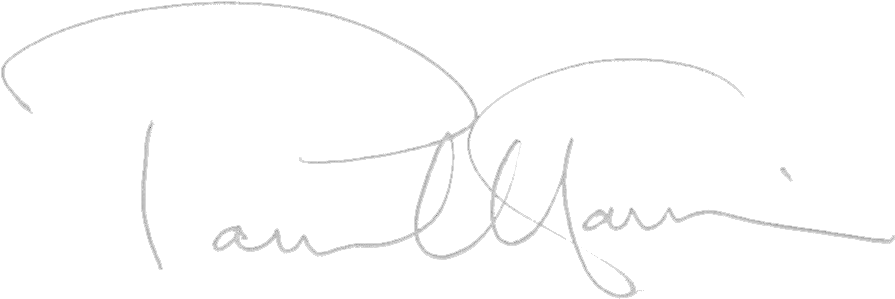In the Summer of 2000 I had the great pleasure of meeting James Gillespie, editor of The Clarinet Journal, during the International Clarinet Association (ICA) convention in Oklahoma. James asked me if I would like to contribute a regular column. These personal reflections are now reprinted with his permission. The following ‘Letter from the UK’ was first published in September 2002 in The Clarinet Journal, the official publication of the ICA.
Today is the Queen’s Golden Jubilee! The sun is shining; red, white and blue bunting adorns the front of houses and shops everywhere, and thousands have been sleeping in tents on the pavement overnight to catch a glimpse of the Queen as she rides past in her splendid golden carriage. I’ve just returned from giving a special Jubilee concert at one of England’s distinguished stately homes. It was a concert of music by composers who have had some connection with the second Elizabethan age, and included Walton’s Façade, some Elgar, Finzi and Richard Rodney Bennett (and I rather cheekily slipped in one of my own chamber pieces – a trio for flute, clarinet and piano). It’s interesting how we rely on music by such composers in putting together programmes for this kind of event. So much music written by contemporary composers, though of great value, remains elusive to your enthusiastic, but ‘non-specialist’, music-loving audience. But it’s not only the ‘non-specialists’ who are unfamiliar with this music – I wonder how many of us could really say we know any of the music of Oliver Knussen, Thomas Ades, George Benjamin, James Macmillan, Robin Holloway, or a host of other hard-working contemporary British composers? And regrettably I would have to include myself to a degree; but I am trying to broaden my knowledge and I do my best to listen and learn a couple of new works each week. I suppose it is still in the nature of things that we are both suspicious and wary of anything ‘new’ in the world of the creative arts. A great pity really.
As part of the Jubilee celebrations, the Queen invited an audience of twelve thousand into her (evidently quite large!) garden for a concert of classical music. I was delighted that among some internationally-renowned names in the music world, my erstwhile pupil Julian Bliss had been asked to take part. This of course is wonderful for the clarinet world and my hope is that thousands of young people will identify with him and will wish to try their hand at playing the clarinet. Julian always communicates a tremendous sense of joy that his audience cannot fail to recognise. Here in the UK, many young people want to learn the guitar, drums, saxophone or vocals. I hope Julian will become something of a role model and inspire many to take up instruments that perhaps don’t have quite so much ‘street cred’ but are nevertheless providers of a great deal of potential and lasting pleasure.
We have also recently experienced the bi-annual BBC Young Musician of the Year competition. As with all competitions, this event arouses strong feelings among the musical fraternity. The usual questions and dilemmas again present themselves – and we all have our own well-rehearsed points of view. But whatever we think, competitions are very much part of our culture. As long as we approach them with wisdom and circumspection they are ultimately valuable. As it was, the competition was won by a prodigious twelve-year-old violinist. But the wind section was represented by the young clarinettist Sarah Williamson – a name I’m sure we will be hearing much of over the years. Her performance of the Copland Concerto displayed immense colour, brilliance and imagination. In a way it’s a bold choice for such an event – the long lyrical opening movement is not perhaps ideal competition-winning fare. But Sarah is clearly not a musician to be compromised by such thoughts and she played it with immaculate control. The second movement was breathtaking in its dazzling technical command and breadth of musical colour.
And finally, by the time you read this Pamela Weston’s two important books, Clarinet Virtuosi of the Past and More Clarinet Virtuosi of the Past will have been re-published by Emerson Edition. These are books that should be on every clarinet player’s shelf. And Pamela has just finished yet another volume entitled Yesterday’s Clarinettists: a sequel, which will be available by late July (also Emerson). Pamela tells me that she has included information on over 600 new names as well as new facts concerning over 400 of the players discussed in the first two volumes. Amazing!

